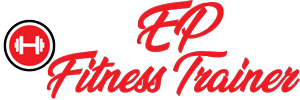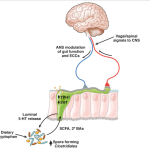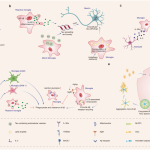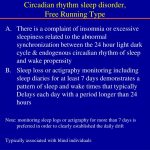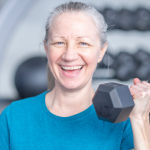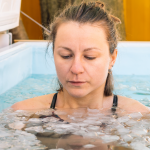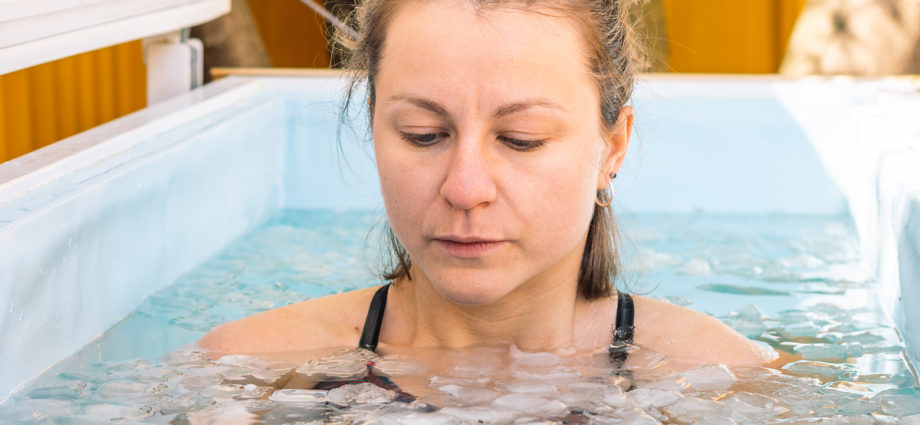Let’s be honest. The idea of willingly stepping into an ice bath or taking a freezing cold shower first thing in the morning sounds, well, a little bit crazy. It’s a shock to the system, no doubt. But what if that shock was the very thing your body was craving? What if a few minutes of deliberate discomfort could unlock a cascade of benefits, from a sharper mind to a more resilient body?
Here’s the deal: cold exposure therapy isn’t a new-age fad. It’s a practice rooted in science and tradition, and it’s having a major moment for a reason. People are tired of quick fixes. They’re looking for tangible, natural ways to boost their health. And honestly, this is one of the most direct methods out there.
Why Bother? The Tangible Benefits of Getting Chilly
So, what’s in it for you? Why would anyone subject themselves to this? The list is surprisingly long, but let’s focus on the big hitters.
Metabolic and Physical Reboot
When your body gets cold, it has to work to stay warm. This isn’t just about shivering. We’re talking about a fundamental activation of your brown adipose tissue (BAT)—a special type of “good fat” that burns calories to generate heat. Think of it like turning on a internal furnace. This process can boost your metabolism, aiding in weight management and improving insulin sensitivity. It’s a powerful tool for metabolic health.
And then there’s recovery. Athletes have sworn by ice baths for decades to reduce muscle soreness and inflammation. The cold causes your blood vessels to constrict, pushing blood away from your extremities. When you warm up, fresh, oxygen-rich blood floods back in, helping to flush out metabolic waste and speed up repair. It’s like hitting a reset button on your aching muscles.
Mental Fortitude and Mood Elevation
This might be the most compelling reason for the average person. That initial gasp when the cold hits? It triggers a flood of norepinephrine and dopamine in your brain. Norepinephrine sharpens your focus and attention—it’s like a mental alarm clock. And dopamine? Well, that’s the molecule of motivation and reward.
Consistent practice can lead to sustained improvements in mood, focus, and even a potential buffer against depressive symptoms. You’re not just building a tolerance to cold; you’re building resilience to stress. You learn, in a very physical way, that you can handle discomfort. And that lesson, well, it tends to spill over into the rest of your life.
Okay, I’m In. How Do I Actually Do This?
Great. Enthusiasm is good. But jumping into a frozen lake without a plan is a bad idea. You need a cold exposure protocol that’s safe, effective, and, you know, actually doable. The key is progression. You wouldn’t try to deadlift 300 pounds on your first day at the gym. The same logic applies here.
Starting Simple: The Cold Shower Method
This is your gateway. It requires zero special equipment and you can start tomorrow.
- Week 1: End your normal warm shower with 30 seconds of pure cold. Breathe through the shock.
- Week 2: Bump it up to 60-90 seconds. Try to relax your shoulders and steady your breath.
- Week 3 & Beyond: Aim for 2-3 minutes. You might even find yourself looking forward to it.
The goal isn’t to suffer, but to stay controlled under pressure. Focus on your breath. Inhale deeply, exhale slowly. This is the foundation.
Leveling Up: Ice Baths and Immersion
Once you’re comfortable with showers, you might graduate to full immersion. This is where the effects are more potent. You’ll need a tub, a reliable thermometer, and a lot of ice.
| Target Temperature | Beginner Duration | Advanced Duration |
| 50-59°F (10-15°C) | 2-5 minutes | 10-15 minutes |
| 40-49°F (4-9°C) | 1-3 minutes | 5-10 minutes |
Always, and I mean always, listen to your body. Start at the higher end of the temperature range for shorter times. Never immerse your head. And have a warm towel and clothes ready for immediately after.
A Few Things to Keep in Mind: Safety First
This isn’t a competition. The “hardcore” approach can be dangerous. The real challenge is consistency and mindful practice.
- Consult a Doctor: If you have heart conditions, high blood pressure, or are pregnant, please talk to a medical professional first. This is non-negotiable.
- Breathe: The initial “cold shock response” can make you want to hyperventilate. Fight that urge. Controlled breathing is your anchor.
- Warm Up Gradually: Don’t take a hot shower right after. Let your body warm up naturally. A warm drink and some light movement is perfect.
It’s a practice of listening. Some days you’ll feel like you can stay in longer. Other days, 60 seconds is a victory. And that’s perfectly okay.
The Real Takeaway
At its core, cold exposure therapy is about more than physiology. It’s a daily, physical reminder that you are capable of more than you think. It’s about stepping into discomfort—literally—and coming out the other side not just unharmed, but stronger, calmer, and more alive.
It’s a conversation with your own resilience. And honestly, that might be the most profound benefit of all.
